Only public-private co-operation can accelerate decarbonisation
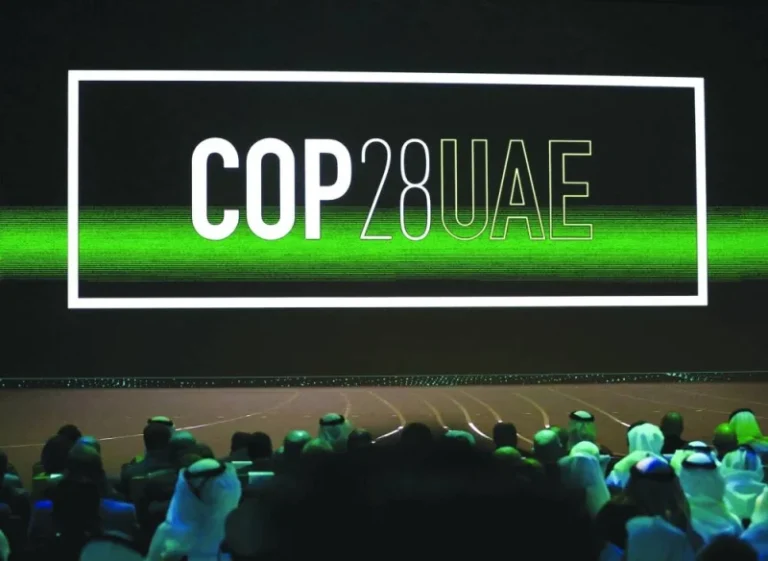
As countries around the world experienced record temperatures last year, UN Secretary-General Antonio Guterres declared: “We must turn a year of burning heat into a year of burning ambition.” But to move away from fossil fuels and unlock the green transition’s economic benefits, such as job creation and universal access to clean energy, industry leaders and policymakers must work together to translate the commitments made at the UN Climate Change Conference in Dubai (COP28) into actual renewable gigawatts.
COP28 marked a historic turning point in the battle against climate change. Rallying around the UAE Consensus, world leaders pledged to move away from fossil fuels, agreeing to triple renewable power capacity to at least 11,000 gigawatts and double energy efficiency by 2030.
But ambition alone is not enough to achieve these targets and limit global warming to 1.5C. Governments must invest in mature, cost-competitive renewable technologies that can be rapidly deployed at scale. When integrated with long-duration energy storage, green hydrogen, and system optimisation, these technologies represent the most reliable and flexible way to accelerate the energy transition.
Renewables will undoubtedly shape the global energy landscape in the coming years. Both solar and wind power are expected to grow significantly, with hydropower serving as the backbone of grid flexibility. Consequently, renewables are poised to become the twenty-first century’s dominant source of global electricity.
But as a joint report released by the International Renewable Energy Agency (IRENA) and the Global Renewables Alliance (GRA) ahead of COP28 noted, tripling renewable capacity will require cooperation between the private and public sectors. Partnerships should focus on initiatives that deliver immediate results, such as mobilising low-cost financing, accelerating permitting processes, clearing grid connection backlogs, reforming government auction mechanisms for renewable-energy projects, and diversifying global supply chains. A strong commitment to inclusivity and the active participation of developing economies must be at the heart of these efforts. IRENA and GRA are demonstrating this commitment by collaborating on the annual reports commissioned by the COP28 Presidency to monitor progress toward the global tripling target and facilitate the energy transition.
We must, however, move faster, especially if we aim to ensure that progress is equitably distributed around the world. While renewable power capacity rose by 473 gigawatts in 2023, the economic benefits of the energy transition did not reach every country. Remarkably, 83% of these increases were concentrated in China, the European Union, and the US, leaving many countries in the Global South behind.
In fact, the shift to renewables is alarmingly slow in many parts of the world. Opportunities to address development and access challenges in Sub-Saharan Africa, where more than 500mn people still lack access to electricity, are being squandered. This sluggish transition can be attributed largely to the lack of affordable financing, adequate planning, and the policy and market frameworks needed to support the adoption of renewable energy. Tellingly, public fossil-fuel subsidies reached $1.3tn in 2022 – roughly the annual investment needed to triple renewable capacity by 2030.
A critical first step toward fostering greater public-private co-operation in pursuit of COP28’s ambitious targets is to reform the global financial architecture. Africa, for example, accounts for 17% of the world’s population but has received less than 2% of global investments in renewable energy over the past two decades, underscoring the need to reduce capital costs and attract private investors. Developing industrial clusters and initiating grant programs could also help foster environments conducive to innovation and private-public partnerships.
Recent commitments by world leaders offer glimmers of hope. African leaders at the September 2023 Africa Climate Summit in Nairobi, for example, pledged to increase the continent’s renewable capacity to at least 300 gigawatts by 2030. This effort aims to reduce energy poverty and boost the global supply of cost-effective clean energy suitable for industrial use.
Kenyan President William Ruto, a key advocate of the Nairobi agreement, established the Accelerated Partnership for Renewables in Africa, an African-led international alliance of governments and stakeholders that aims to accelerate renewable-energy deployment, increase access, promote green industrialisation, and strengthen economic and societal resilience.
Governments and business leaders should harness the current political momentum to foster co-operation between policymakers and private investors. As governments develop appropriate policy and market frameworks to facilitate the transition to renewables, the private sector – historically responsible for 86% of global investments in renewable energy – is poised to lead the charge. Together, we can achieve a clean, secure, and just energy future. But to realise this vision, we must act fast. – Project Syndicate
- Francesco La Camera is Director-General of the International Renewable Energy Agency. Bruce Douglas is CEO of the Global Renewables Alliance.
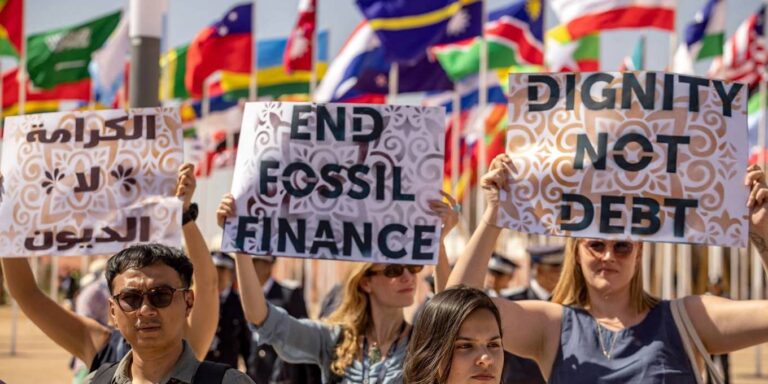
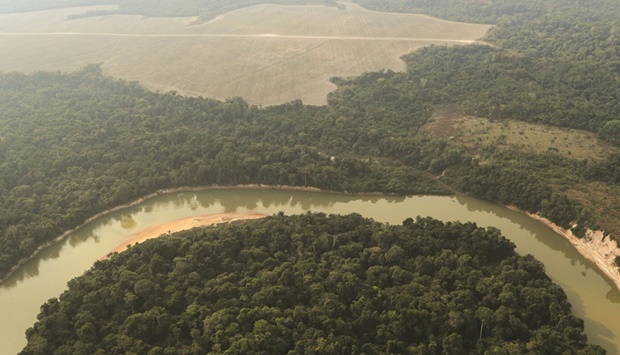

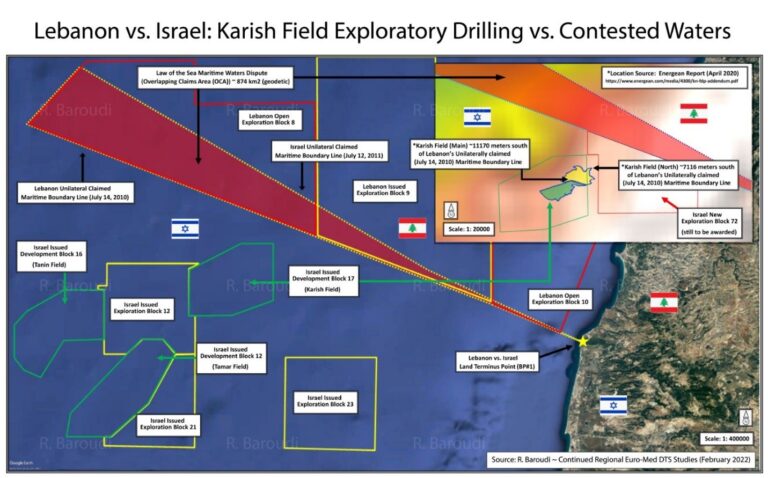

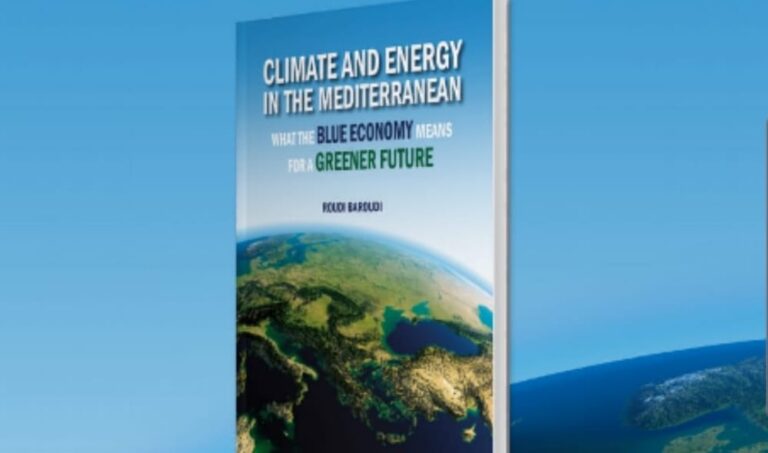



By contrast, assistance to Ethiopia has declined in recent years. As a result, Ethiopia recently defaulted on its external debt, even though it amounts to just 25% of GDP. While the Kenya approach is not the solution – providing similar levels of support to all illiquid countries would require a tripling of MDB flows – this is clearly unacceptable.
A better approach would focus on closing the gap between short-term debt concerns and long-term investment needs, by unlocking net-positive inflows for countries facing liquidity constraints. As the FDL has proposed, an agreement among debtors, creditors, and MDBs to permit countries to reschedule debts coming due – delaying maturities by 5-10 years – would create fiscal space for climate-friendly investments, financed by MDBs.
For this liquidity bridge to work, MDBs would have to accelerate progress on implementing existing reform plans and increase funding substantially, while the IMF helps manage debt-rollover risks. Importantly, private and bilateral creditors would have to agree to the rescheduling. That is why, compared to the Debt Service Suspension Initiative that the G20 introduced in 2020, the proposal includes stronger incentives for private-sector creditors to participate, in addition to longer time horizons.
There are good reasons to believe that creditors can be convinced to join the program voluntarily. It is, after all, in their best interest to remain invested in solvent countries with strong growth prospects; no one benefits from debt crises like those that have ensnared Zambia and Sri Lanka. In any case, creditors would continue receiving interest payments, and as global interest rates fall and economic-growth prospects improve in the coming years, debtors may well be able to return to capital markets and resume repayment of the principal.
Shaping a workable blueprint along these lines is a task for upcoming international gatherings, such as the G20 summit in Brazil later this year. Logistical and financial coordination will be needed to ensure sufficient liquidity. Coordination among the IMF, the World Bank, and regional development banks will also be essential to ensure that participating debtor countries pursue investments that genuinely support green growth.
If nothing is done to help countries facing liquidity crises, the world will risk a wave of destabilizing debt defaults, and progress on the green transition will be severely undermined, with catastrophic implications for the entire world. Because promising solutions like the liquidity bridge can prevent such outcomes, they deserve broad global support.